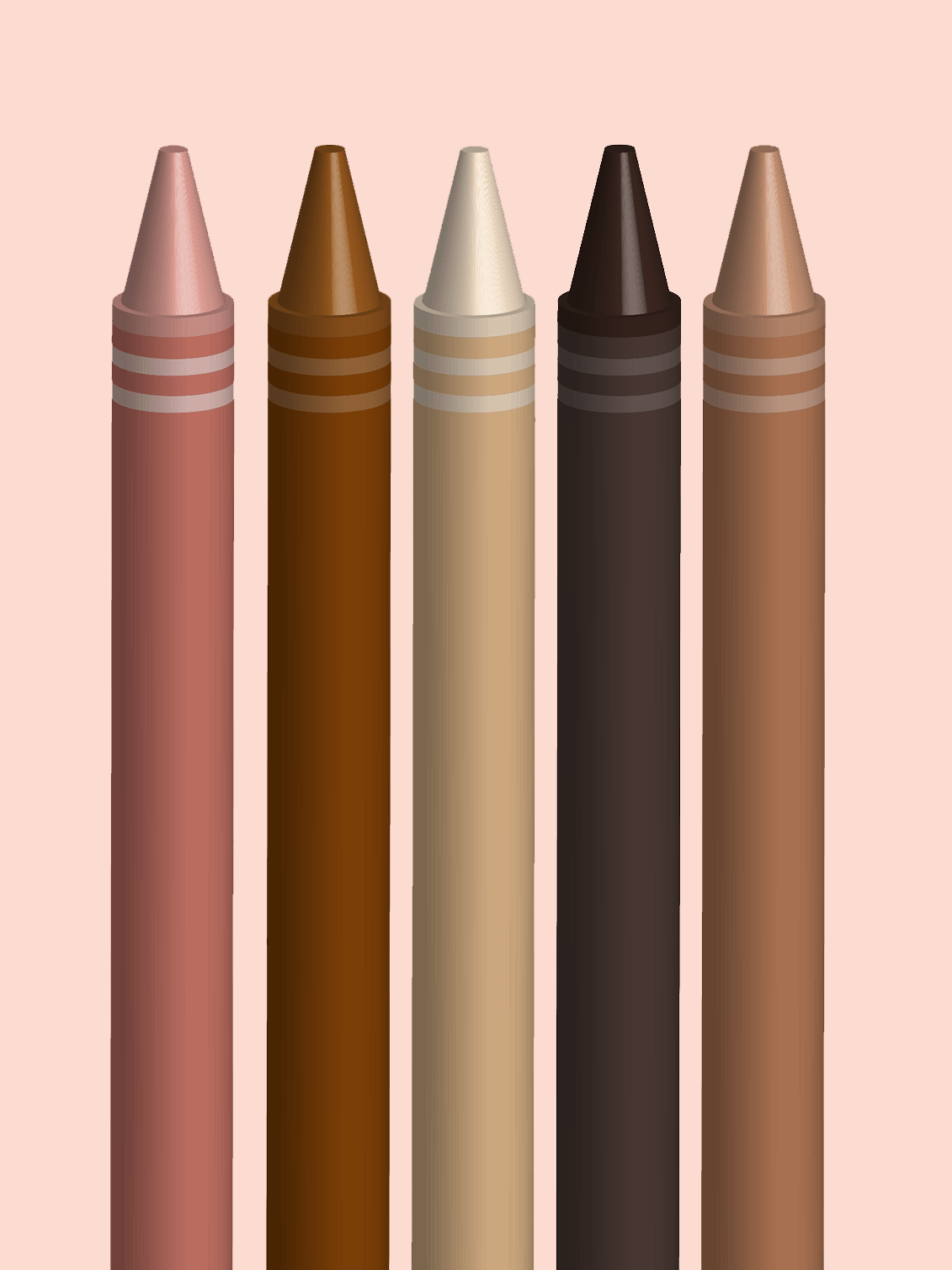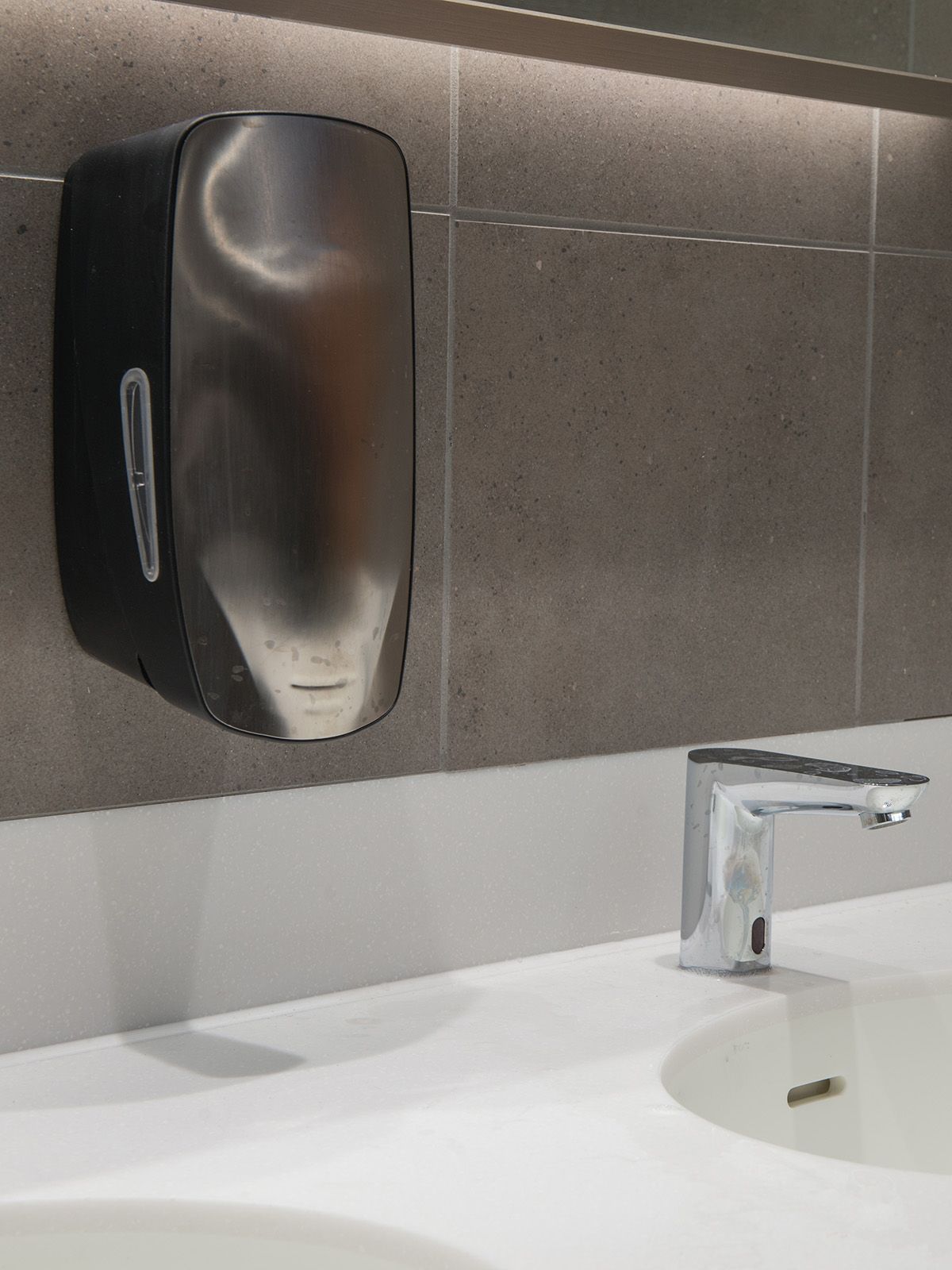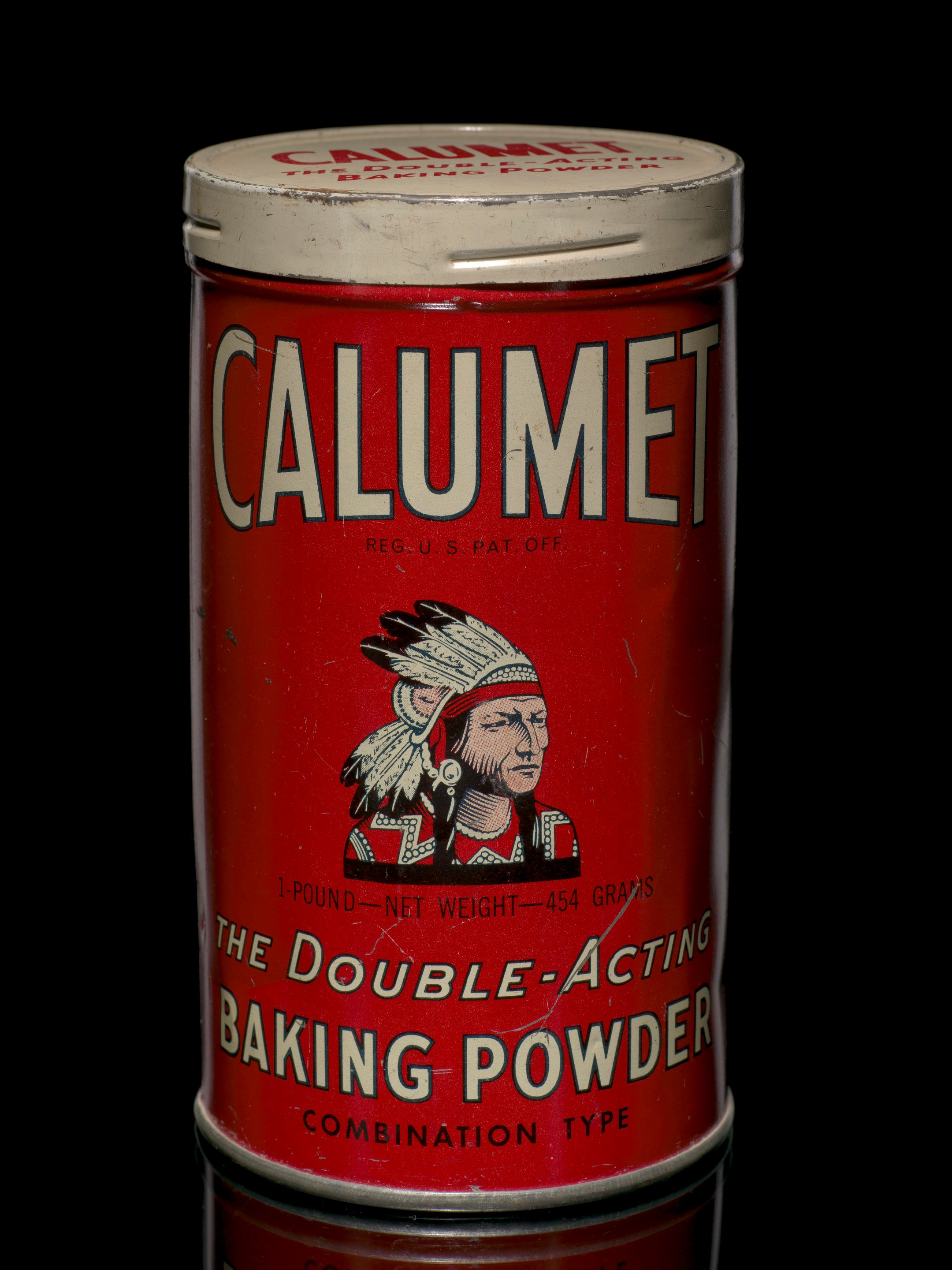Bias IRL*
(*in real life)
Bias is not just science, bias is everywhere in real life.
It can be hard to overcome bias when it’s baked into so much of the world around us, from the products we use every day to systems that keep unequal treatment in place.
When we shop—whether for new clothes, groceries, or pens and paper—we are encountering bias.
Everyday products reflect beliefs about who we are (or should be) as consumers.
Humans design the products, and humans’ implicit and explicit biases come with the package.
An animation that shows abstracted shapes morphing into a dress, a cup and a notebook. A belt appears on the dress, revealing an hourglass figure. The cup starts shaking, a straw appears on the cup and stops it from shaking. A pen struggles to write on the right bound notebook because it keeps butting against the binding. A shopping bag slides on screen. The products fall in the shopping bag.
Be the
Detective
Next time you're shopping, look out for bias in real life.
Click the card to reveal the answer!
![Crayons in flesh tones]()
What does it feel like not to be able to color your own skin tone?
A typical pack of crayons has only a few colors for skin tone. But people have a massive diversity of colors and complexions.
![Anti-Aging collagen product]()
Why do so many people fear the look of aging?
“Look ten years younger,” reads the label. Beauty products make billions of dollars every year hoping that ageism will persist in our society.
![International cuisine in a grocery store]()
A common bias is seeing all people who are not “like us” as a homogenous muddle of “others.”
In most supermarkets, the “international” foods—from Mexico, East Asia, India, and more—are placed together on a small set of shelves.
![gendered toys in pink and blue color]()
Very rarely are toys marketed inclusively for “any gender.”
Walk down the toy aisle and you’ll notice a trend: blue for boys, pink for girls. A recent study found that toys are more gender-divided now than they were 50 years ago.
![Staircase into shop]()
How might it feel to be told by your environment that your way of moving is different?
And not always taken into consideration? Many able-bodied people may not notice how easily they step up the stairs to enter a store or navigate narrow aisles.
![Soap Dispenser in a restroom]()
You want to wash your hands, but the soap dispenser may not recognize your skin.
Many commercial automatic soap dispensers use skin pigment reflectance to work. But they are designed and tested by people with only a certain range of light skin tones.
![Calumet Baking Powder from National Museum of the American Indian]()
Next time you see a label like this one, ask yourself: what is the deeper history behind the image?
In the U.S., Native American imagery has been divorced from its real meaning and used as advertising to sell everyday products.
![Yoga class poster with a diverse exercise group]()
Fitness cultures have historically limited what we see as beautiful or healthy.
You pass the gym and do a double-take: the poster outside is a breath of fresh air, featuring bodies of all shapes, colors, and sizes. Today, movements such as “health at every size” are embracing new perspectives.
Bias is around us and inside us.
No one is immune to bias in our culture.
This means that bias can be internalized, even by the groups that are targeted with injustice.
Listen In
Internalized Gender Bias
There’s no vaccine that inoculates us from feeling and thinking the things we learn from our environment.
This means that, many times, even the groups that are faced with injustices may, themselves, hold biases about their own groups. This phenomenon is called “internalized bias.”
One way that internalized bias plays out is in something called “stereotype threat.”
Let me explain with a personal example: As a woman in science, I have faced bias from others telling me that “girls shouldn’t be good at science.”
When I was little, I internalized these stereotypes doubting my ability so that, later on, when it came time to take a big math test, these doubts trickled in.
What if I confirm the stereotype? This anxiety of stereotype threat takes my attention away from the test and, ironically, can worsen my performance.
In short, because of internalized biases—even those we don’t fully believe or even understand—these stereotypes in the air can come to shape our behaviors and actions.
Gender bias is everywhere, from shopping to sports to school.
Do you know the stats behind it?
Give it a guess!
Leadership Roles
How many CEOs of Fortune 500 companies are women?
Correct answer:
A25 out of 500 (5%)
Among the leadership of the big U.S. Fortune-500 companies in 2018, only 25 CEOs identified as female—but 23 were men named John. Although women are just as qualified, cycles of gender bias mean that women remain underrepresented in the highest status leadership roles.
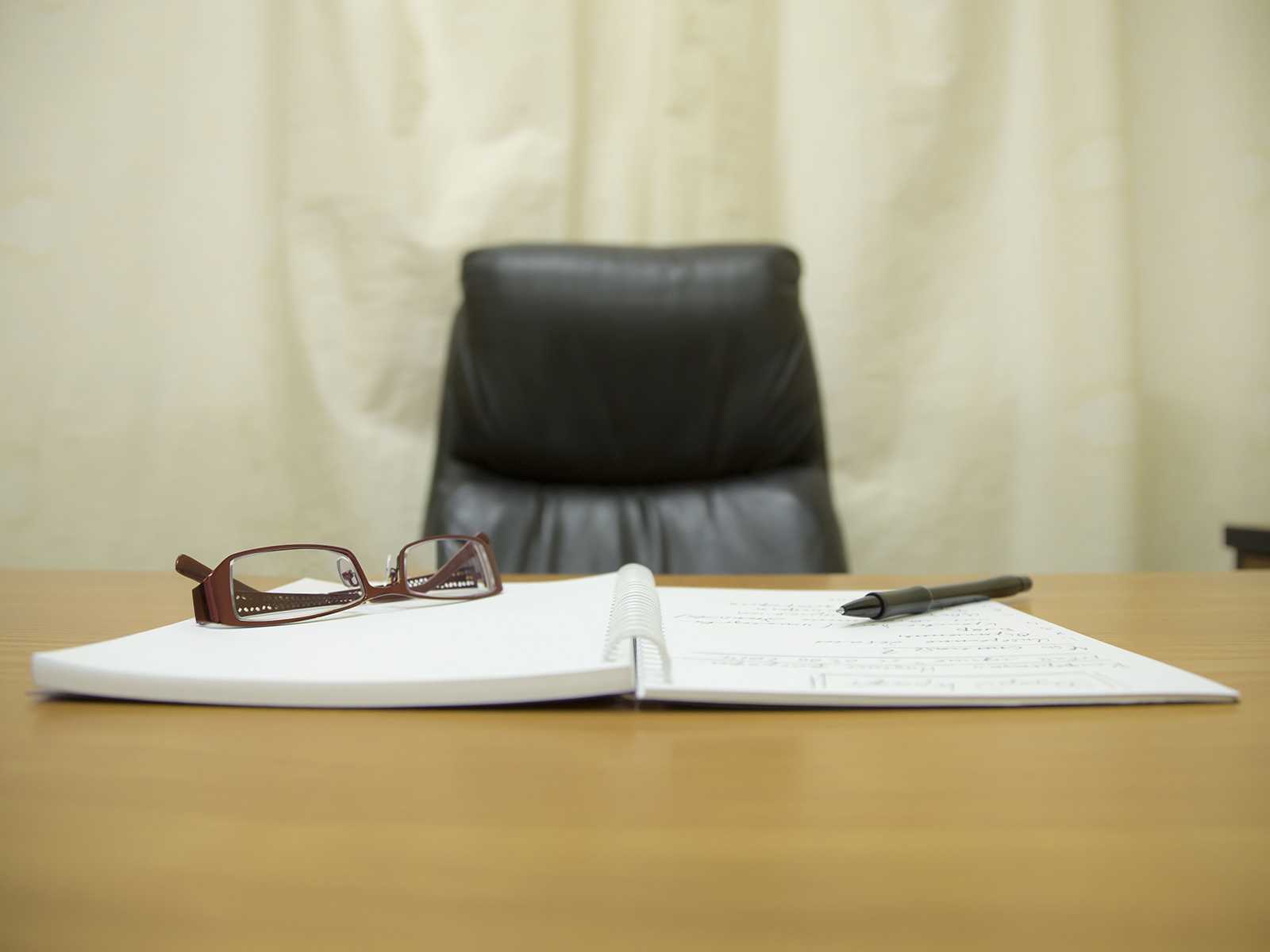
Pro Sports
Two basketball players—one male, one female—play the same number of seasons in the NBA and WNBA, and win the same number of championships. But … are they paid the same salary and bonus?
Correct answer:
CThe man makes 175 times more.
Across hundreds of sports, female athletes are paid fractions of what their male peers receive. This pay gap continues despite the fact that female athletes sometimes draw larger audiences to their games! A bright spot, however, is tennis. Male and female athletes receive the exact same prize money in the U.S. Open.
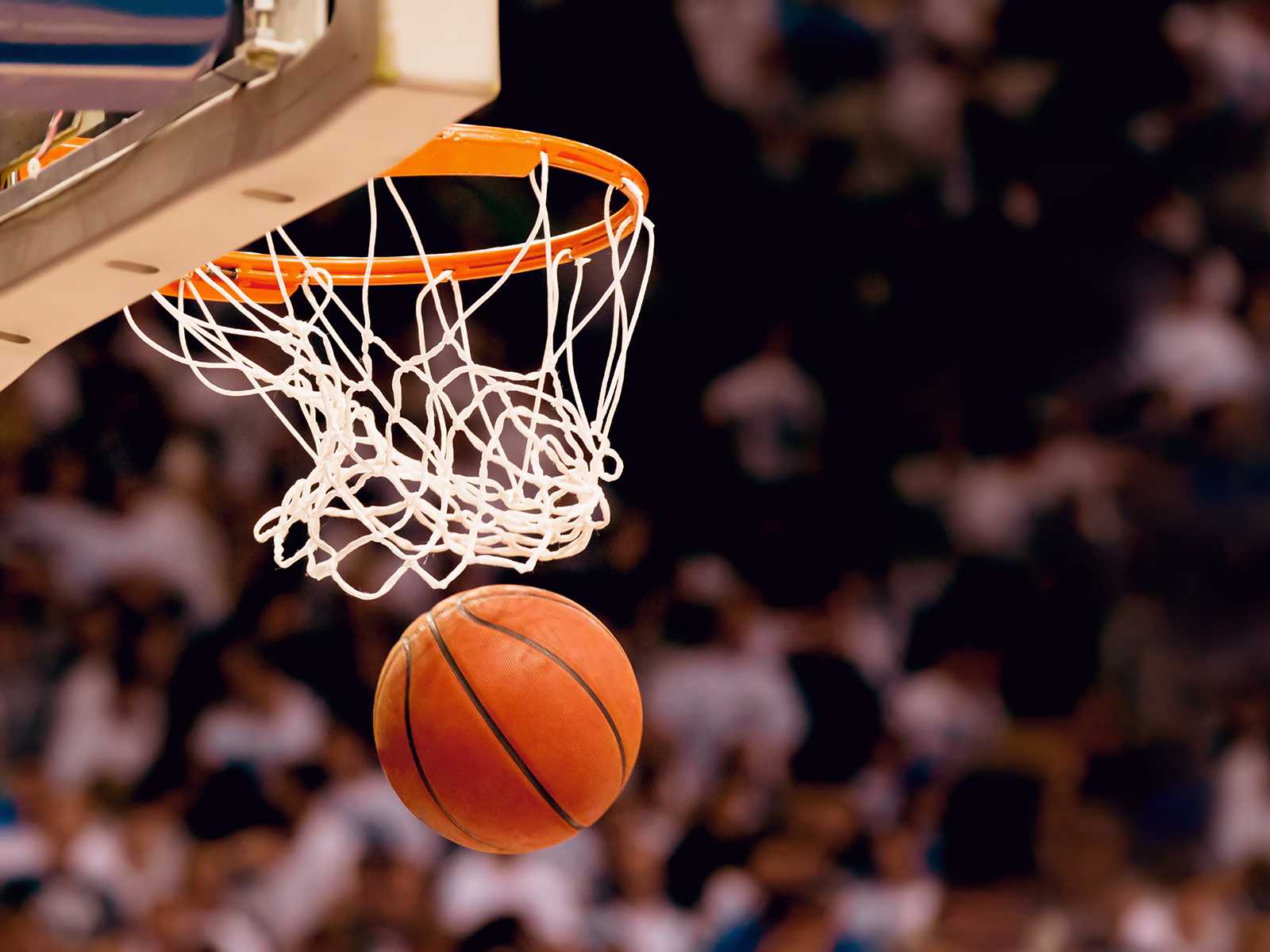
Personal Products
You buy shampoo, soap, and deodorant at the local store. How much more do you think you would pay if the same products were marketed for women (versus for men)?
Correct answer:
BWomen pay twice the price.
The “pink tax” means that personal products marketed towards women could cost around 40% more than identical products marketed towards men. In some cities, there are laws banning this gender discrimination in pricing. Two identical products do not have to cost different amounts based on the buyer’s perceived gender.
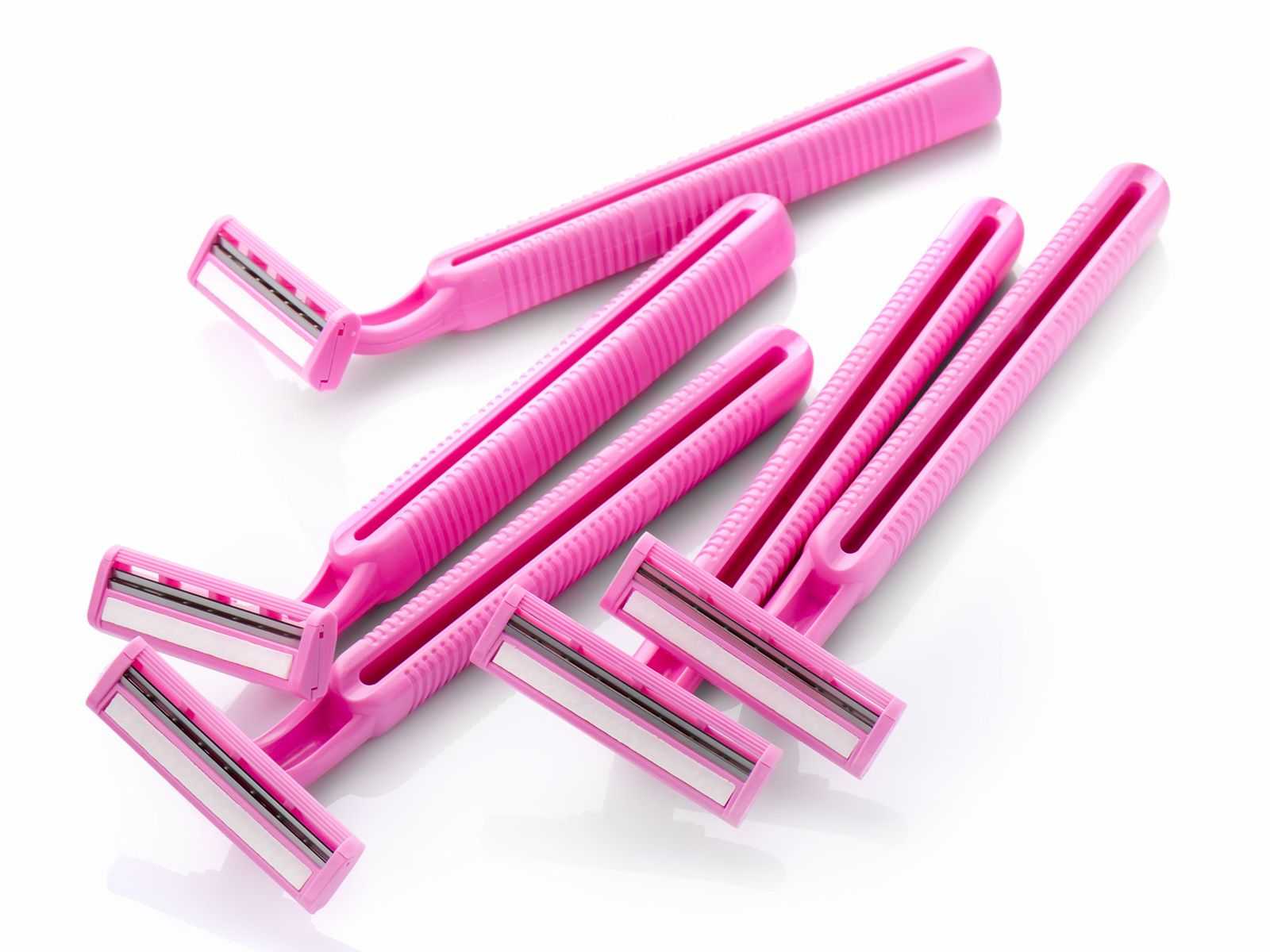
Standardized Tests
What’s the gap between boys’ and girls’ standardized test scores in STEM subjects (technology, engineering, and mathematics)?
Correct answer:
CIt's complicated!
The reality of the gender gap in STEM performance is a bit more complex than most of us expect. In the 2010s, male and female students scored similarly on standardized math and science tests. But … in situations where female students feel that their gender is being negatively highlighted, they experience a “stereotype threat” that can cause performance anxiety.

College Majors
What about the choice of your college major? How many more boys do you think want to major in engineering? How many more girls want to major in health fields, such as nursing?
Correct answer:
AThe majors are polarized by gender.
By the time students enter college, they’ve had a long time to internalize gender bias. Stereotypes linking women with caregiving roles and men with science and math show up as big gender differences in college classes. Five times more boys want to major in engineering and four times more girls want to major in health. These differences create long-lasting gender disparities in the caregiving and science workforces.

Reflection Activity
Try to solve this riddle.
Take one minute to reflect on how bias takes shape in our lives.
A father and his son are in a terrible car accident.
The father is pronounced dead at the scene but, miraculously, the son is rushed to the hospital with life-threatening injuries. At the hospital, the surgeon looks at the boy and proclaims, “I can’t operate on this boy, he’s my son.”
How could this be?
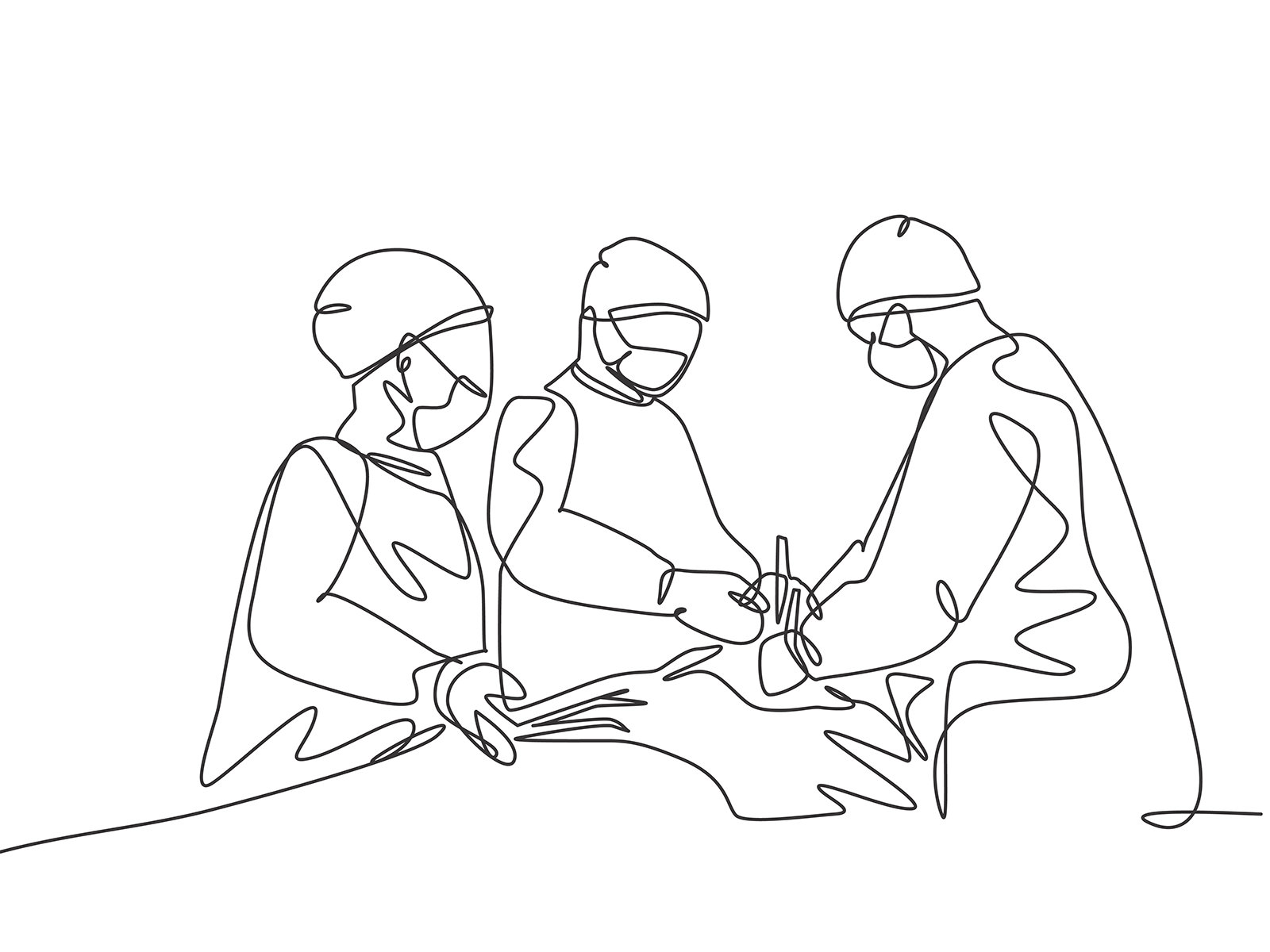
The answer:
The statistically most-likely scenario is that the surgeon is the son’s mother.
Did you get it right?
It’s tricky! In a recent study, only about 20-30% of people were able to come up with the answer. Of course, other answers are possible—the boy could have two dads, or a step-dad—but these are statistically less likely.

Why is this riddle so hard?
Even today, when more than 50% of medical school students are female, our stereotypes associating “male” with “medicine” are lagging behind.
In particular, the automatic association of “male” with high-status medical professions (like surgery) creates a mental block that’s hard to overcome.

We’ve talked about biases based on race, gender, language, age.
But wait ...
Bias is Intersectional
Biases are not just about each of these identities in isolation. Bias is intersectional. We face bias on our identities—religion, age, weight, race, gender, sexual orientation, nationality, language, poverty, and many more. Each unique person emerges at the intersection of these identities.
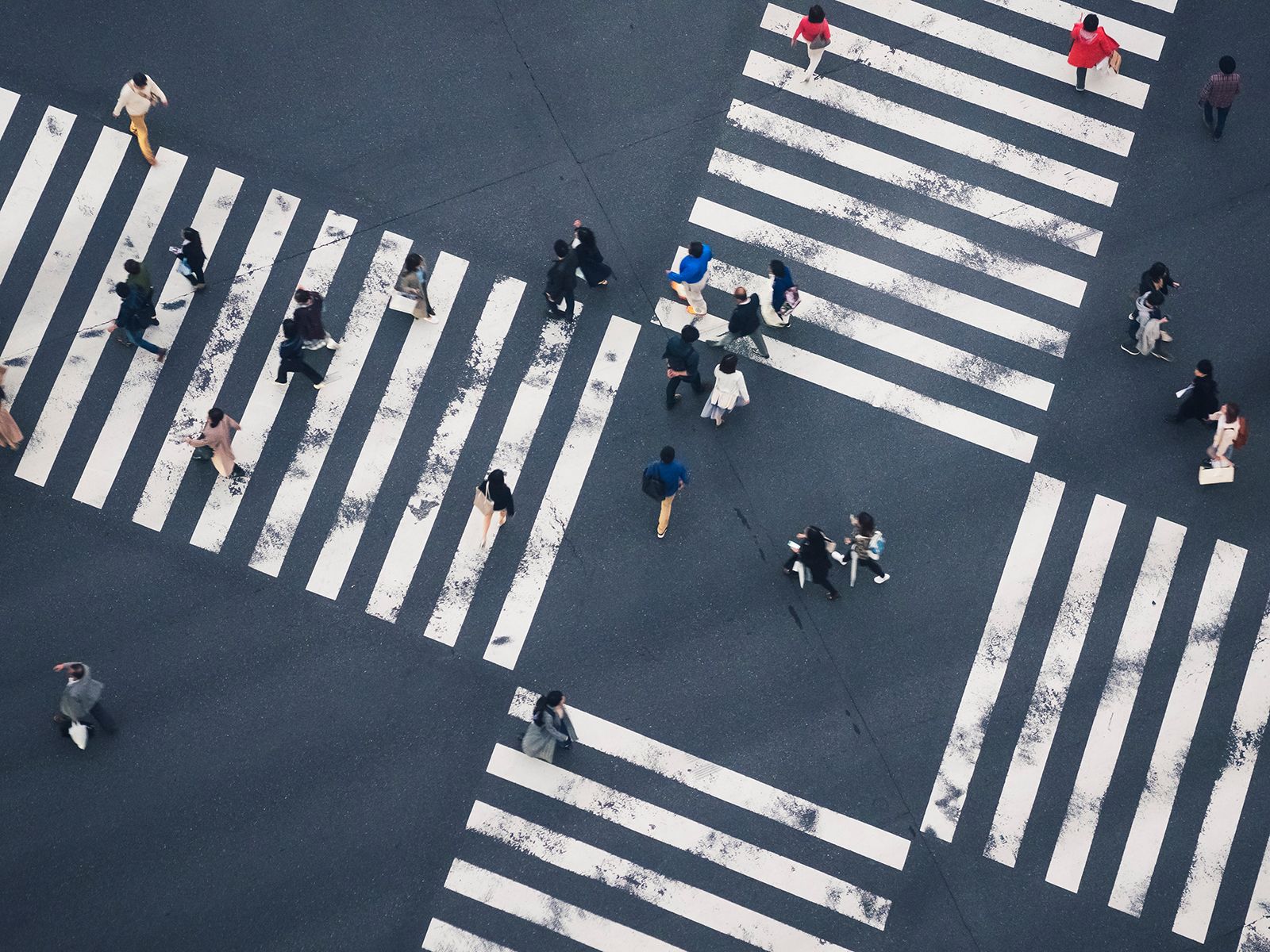
Bias Comes from All Angles
As a result, many people may experience bias coming at them from multiple angles, like being buffeted by waves from all the currents of bias, whether big or small.

“But I didn’t mean it like that …!”
A quote fades on screen: "You're pretty for a dark-skin girl." An image of a Black woman appears behind the quote. A new quote fades on screen: "You speak really good English." An image of a woman wearing a hijab appears behind the quote.
Microaggressions are the everyday statements, questions, or actions that are often unintentional but reveal implicit biases.
A quote fades on screen: "I don't think of you as a person with a disability." An image of a person appears behind the quote. A new quote fades on screen: "Where are you really from?" An image of an East Asian person appears behind the quote.
Microaggressions communicate hostile or negative messages to people with a myriad of different identities.
A quote fades on screen: "You don't look like a lesbian." An image of a woman appears behind the quote. A new quote fades on screen: "What are you?" An image of a racially ambiguous person appears behind the quote.
Should I Speak Up?
Take 10 minutes to reflect on how bias takes shape in our lives.
When bias shows up in real life, it can be hard to know what to do.
The key is to practice.
Here's your chance.
Next SectionSerious Consequences
When we don’t pay attention to our bias, we’re in trouble. Biases left unchecked can have serious consequences. They can become entrenched in our systems and our patterns of life.
Explore